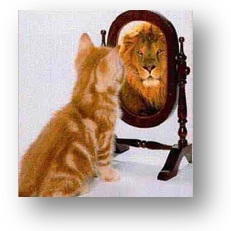In an ideal world, the hiring process would be so flawless and efficient that every employee would be perfectly suited to their position and would have a complete understanding of their role from day one. Growth within the company would happen naturally, and as an employee gained the trust and confidence of his/her superiors, their […]
By: Natalie Trudel A standardized, quantified, and automated employee review process is an essential way to track employee progress and maximize productivity in the workplace. Most managers and human resource departments understand the core benefits of employee reviews. Regular evaluations help ensure recognition for high performing workers, and they help keep mid-level performers on track […]
By: Natalie Trudel As a talent management solution vendor, we are constantly asked ‘who in the organization is responsible for talent management?’ The broad answer to this is ‘everyone’. The best processes that we have seen for developing and monitoring organizational talent includes a role for HR, managers, executives, and employees. In most cases, it […]
Effective employee goal setting can serve as a powerful tool for: – Motivating employees – Improving employee performance – Developing organizational talent – Setting measurable standards for review – Translating organization objectives into results – Fostering communication with employees Goal setting can also be a frustrating process if it is not tackled properly. The […]
Companies rely on the data provided by performance evaluations for a myriad of business decisions. Succession planning, compensation decisions, recruiting and retention strategies, development initiatives, and engagement plans are just a few decisions and processes whose execution and success depends on accurate and fair performance appraisal data. When so much rests on the validity of […]
You asked – we listened. In our last Webinar, CRG emPerform presented a framework for Conducting Painless Performance Evaluation Meetings. During the webinar Q&A, we noticed that many of you had questions related to effective employee goal setting. Because effective goal setting drives success at every level within an organization, we decided to devote an […]







